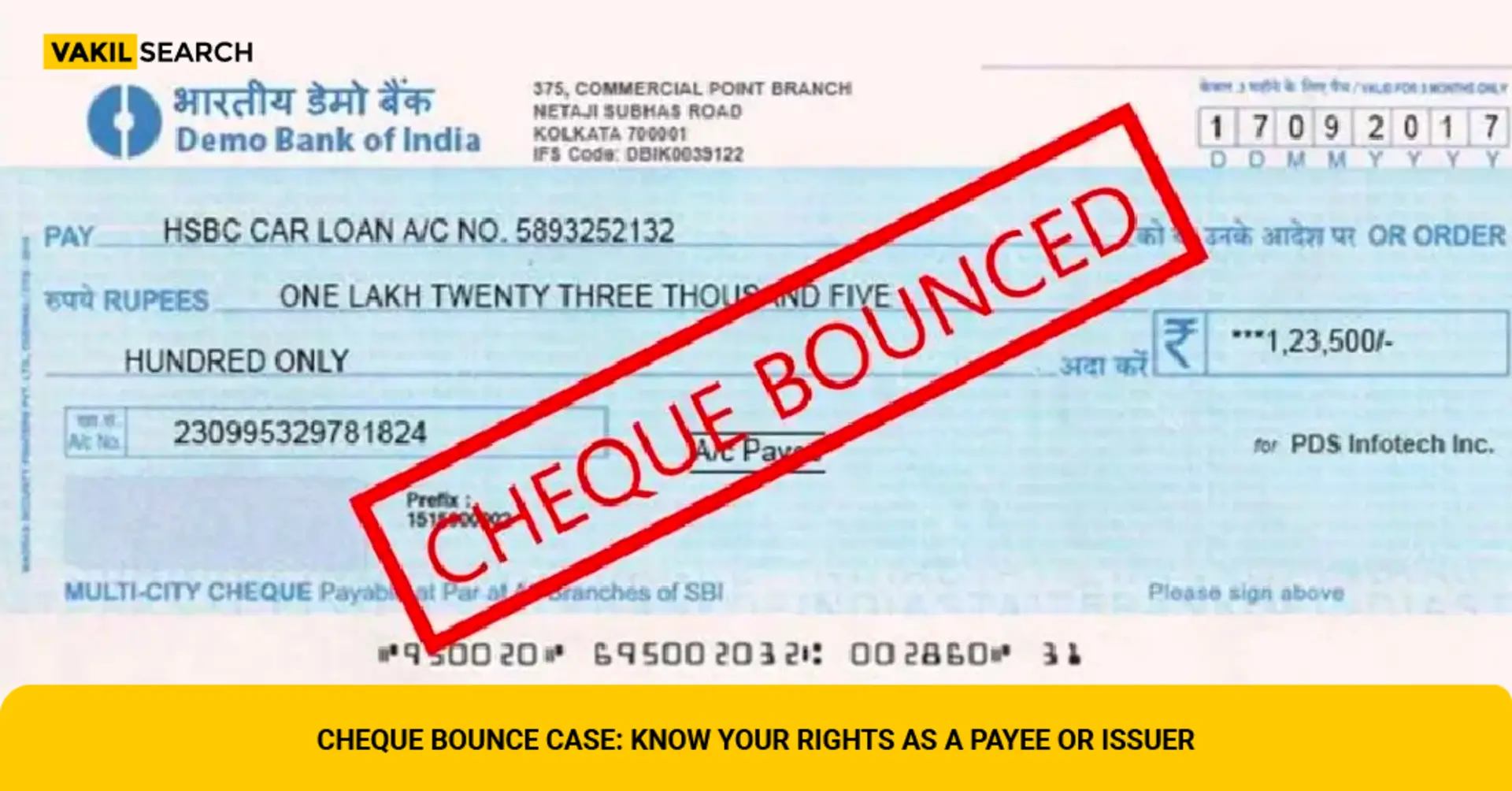
The Punjab and Haryana High Court has established that lower courts are not obligated to follow superior court decisions if those rulings were made due to inadvertent oversight of relevant legal provisions.
Justice Anil Kshetarpal, in his ruling, affirmed that lower courts can invoke the "doctrine of per incuriam" when a judicial decision fails to consider pertinent legal statutes or precedents.
"A judgment per incuriam is one which has been rendered inadvertently," Justice Kshetarpal stated, explaining that the Latin phrase means "through inadvertence." He emphasized that this principle is an essential aspect of India's judicial framework.
Constitutional context and judicial hierarchy
While acknowledging that Supreme Court decisions are binding under Article 141 of the Constitution, Justice Kshetarpal clarified that judgments delivered without considering relevant facts or legal precedents do not qualify as binding precedents under the doctrine of per incuriam.
"The beauty of the Indian judicial system allows lower courts to invoke the doctrine of per incuriam if a decision has been rendered due to oversight," the court observed, recognizing that human errors can occur despite thorough examination.
Land acquisition compensation dispute
The ruling emerged from a case questioning whether landowners could file applications under Section 28A of the Land Acquisition Act for enhanced market value based on high court judgments in appeals, without first seeking enhancement from the Reference Court.
The case involved land acquisition in Ambala through a 1983 notification, with the award announced in 1988. The Reference Court reassessed compensation in 1993, and in 2009, the high court set the market rate at Rs 112 per square yard while deciding appeals.
Some landowners who had not approached the Reference Court initially filed applications under Section 28A, which were subsequently dismissed in 2010. Clarification of conflicting Supreme Court rulings
Justice Kshetarpal referenced the Supreme Court's ruling in Babua Ram's case, which held that applications under Section 28A could only be filed based on the Reference Court's initial award. However, this view was later reversed by a larger Bench in Pardeep Kumari's case.
The judge further explained that the larger Bench in Pardeep Kumari's case did not permit applications under Section 28A to be based on high court rulings in appeals. He pointed out that in another Supreme Court matter, the court was not informed that the phrase "any award" in Pardeep Kumari's case referred only to awards by the Reference Court and not to high court judgments.
"An inadvertent error crept in, apparently due to lack of assistance," Justice Kshetarpal noted, highlighting how misinterpretations can occur in judicial proceedings.















